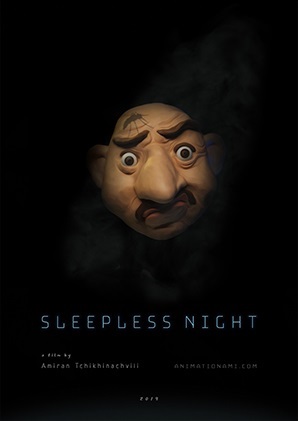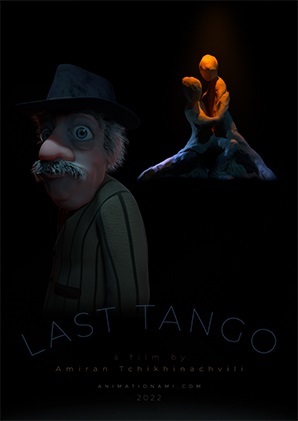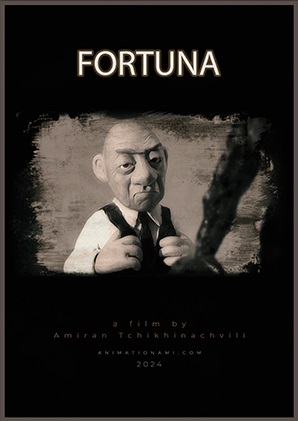What makes stop-motion and clay animation truly special is their timeless appeal. From the early works of pioneers like
Ray Harryhausen to modern masterpieces like
"Wallace and Gromit," these animations have a universal charm that transcends generations. The tangible nature of the characters and sets provides a sense of connection and authenticity that resonates with audiences of all ages. Stop-motion and clay animation continue to captivate audiences with their unique blend of craftsmanship and imagination. As we marvel at the seamless movements of clay characters on the screen, we are reminded of the dedication and artistry behind each frame. In a world often dominated by digital effects, the tangible allure of stop-motion animation and the malleable magic of clay offer a refreshing and enduring cinematic experience.
Stop-motion and clay animation are captivating forms of artistic expression that bring inanimate objects to life through meticulous frame-by-frame photography. Stop-motion involves capturing individual frames of physical objects, puppets, or models in various poses and positions to create the illusion of movement when played in sequence. This technique requires patience, attention to detail, and a keen sense of timing.
Clay animation, a subset of stop-motion, uses malleable clay or plasticine figures as the main characters. Artists manipulate the clay characters by subtly changing their shapes and positions for each frame, crafting a visually appealing and dynamic animation. The tactile nature of clay adds a unique dimension to the animation, allowing for the creation of expressive characters with distinct personalities.
Both stop-motion and clay animation showcase the artistry and craftsmanship of animators, who invest significant time and effort to breathe life into their creations. The charm of these techniques lies in the tangible, handmade quality that distinguishes them from computer-generated imagery. The imperfections and nuances of the physical materials contribute to the charm and authenticity of the final product.
In a world often dominated by digital animation, stop-motion and clay animation stand as a testament to the enduring appeal of hands-on, analog creativity. They evoke a sense of nostalgia while simultaneously pushing the boundaries of what is possible in the realm of animated storytelling, making them enduring and beloved forms of artistic expression.




